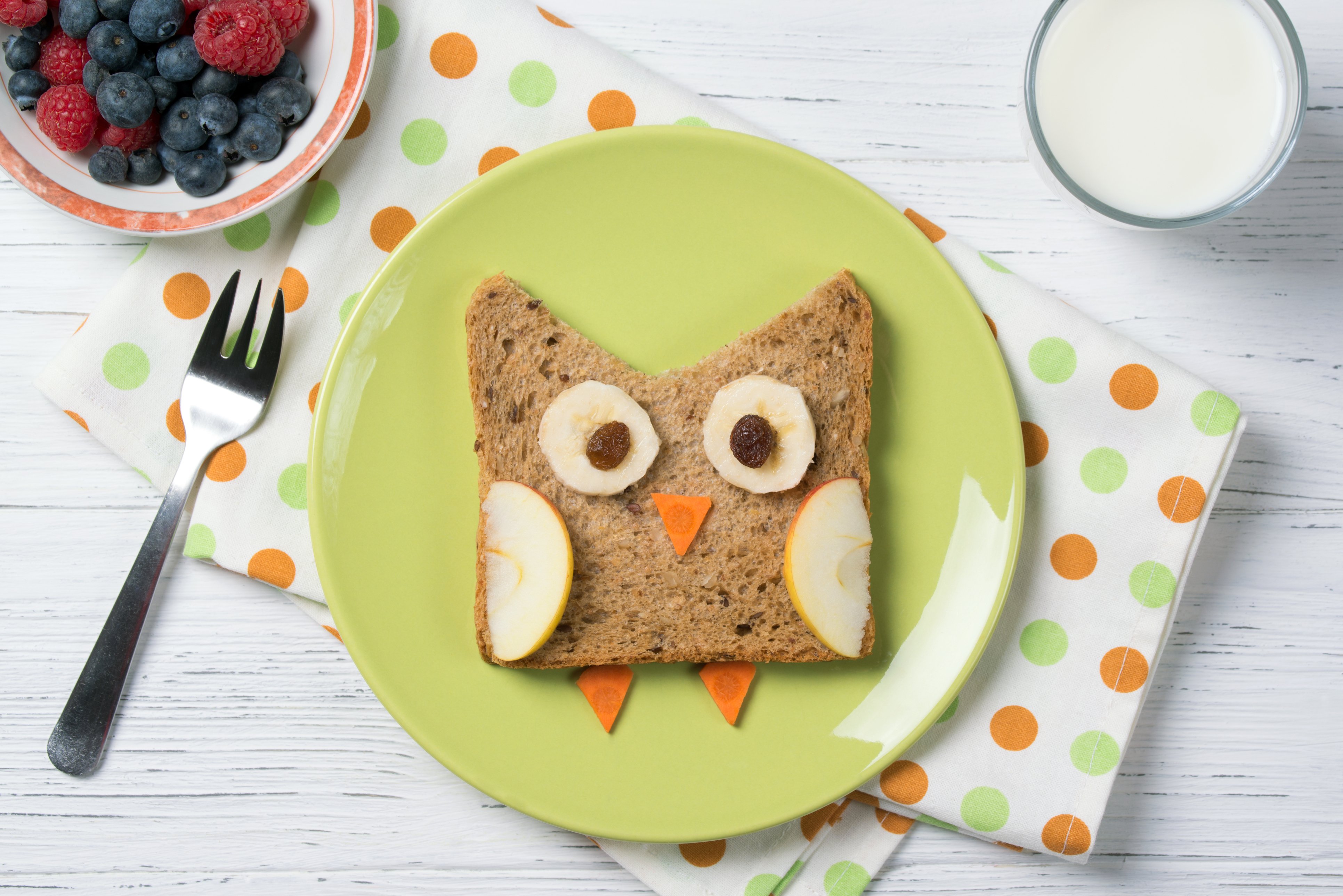What is iron and what does it do?
Iron helps form the hemoglobin in red blood cells to carry oxygen from the lungs around the body. It plays an important role in brain development and whole-body growth. Growing children need an adequate and constant supply of iron from food, otherwise their iron stores become low. Babies have good iron stores (from nutrient transfer in pregnancy) up until about 6 months of age. Around this age, babies need iron-rich foods.
Sources of iron and how to get enough
There are two forms of iron: heme iron (which is absorbed well by the body) and non-heme iron (which is not absorbed as readily). Heme iron is mostly found in meat, poultry and fish. Non-heme iron is mostly found in grain products, legumes, tofu and green leafy vegetables. Pairing these foods with a source of vitamin C, such as oranges or red peppers, can help with iron absorption.

How much do we need?
Iron recommendations*
| Age | Amount iron (mg/day) |
|---|---|
| Infants (Birth – 6 months) Infants (6 months – 1 year) | 0.27 mg 11 mg |
| Children (1 – 3 years) Children (4 – 8 years) Children (9 – 13 years) | 7 mg 10 mg 8 mg |
| Adolescents (14 – 18 years) During pregnancy During lactation | 11 mg – 15 mg 27 mg 10 mg |
| Adults (19 – 50 years) Adults (50+ years) During pregnancy During lactation | 8 mg – 18 mg 8 mg 27 mg 9 mg |
*These recommendations are presented here simply as a guide to help you make informed food choices and are based on the Dietary Reference Intakes (DRIs).
How much iron can I find in a serving of food?
| Examples of food sources | Amount iron (mg) |
|---|---|
| 2.5 oz beef (cooked) | 3 mg |
| 2.5 oz chicken breast (cooked) | 1 mg |
| ¼ cup white beans | 2 mg |
| 1 egg | 1 mg |
| ¼ cup cooked lentils | 1.5 mg |
| 1 cup raw spinach | 1 mg |
Supplements (general recommendations)
- Iron supplements have two numbers on the label: the amount of chemical iron and the amount of elemental iron in the supplement. When choosing an iron supplement, look for the amount of elemental iron.
- In addition to getting iron from a healthy diet, people who are pregnant should take a daily supplement containing 16 mg to 20 mg of elemental iron and 0.4 mg of folic acid.
- Vegetarians and vegans need almost twice as much iron as meat eaters. This is because the iron in plant-based foods is not as readily absorbed as the iron in meat. They should make careful food choices to make sure they get enough iron each day. People who are vegetarian and who are of child-bearing age may need to take an iron supplement. Check with your health-care provider for individual advice.
